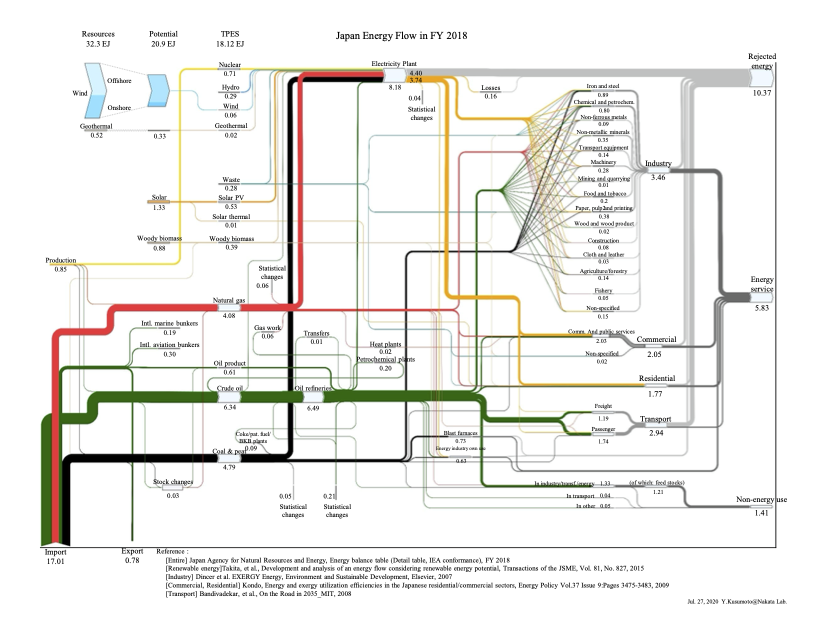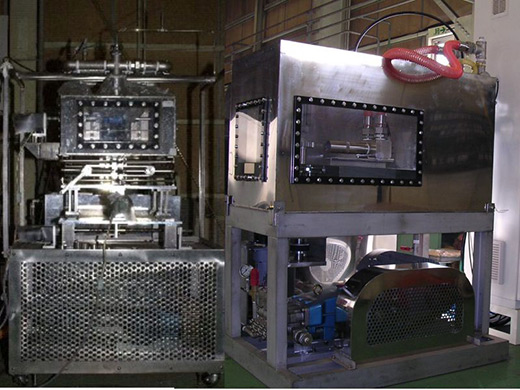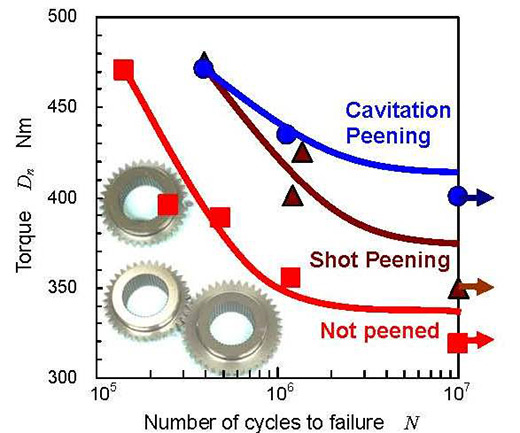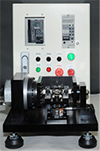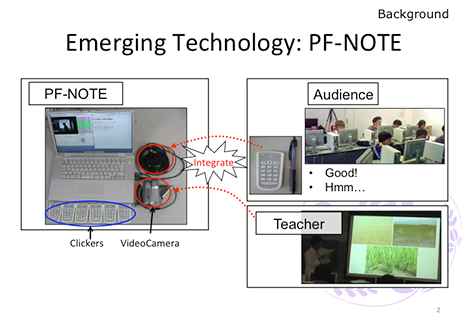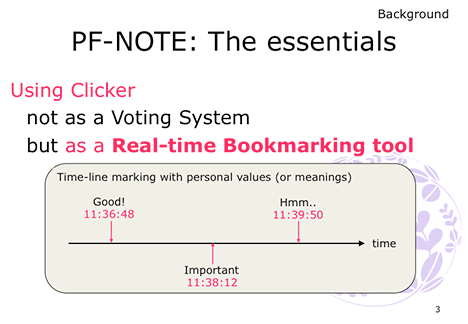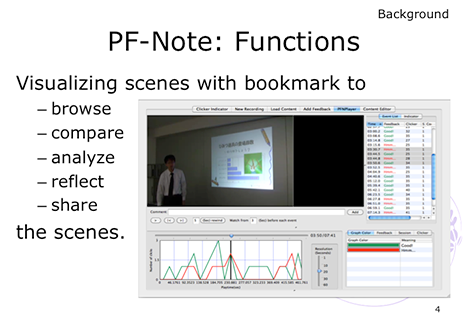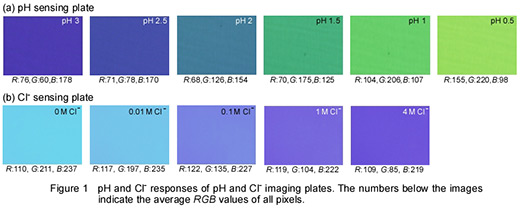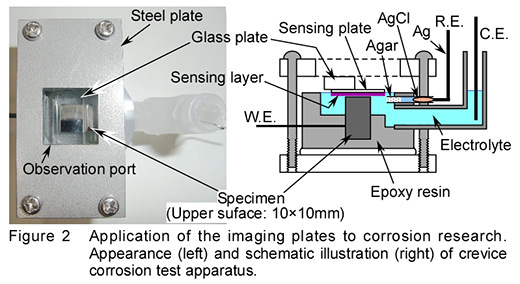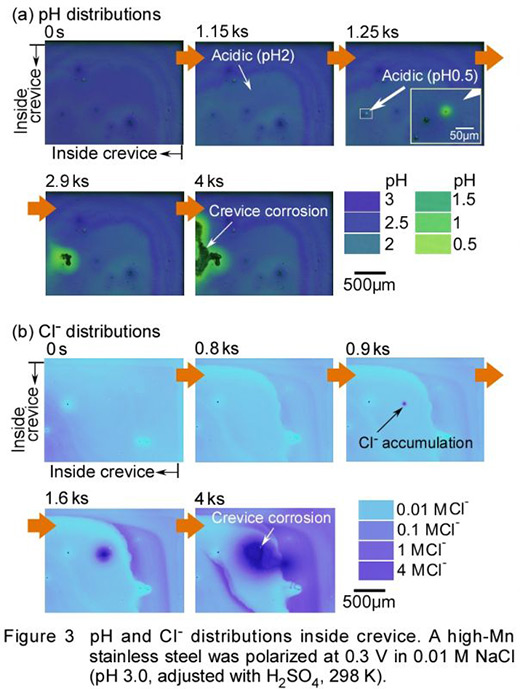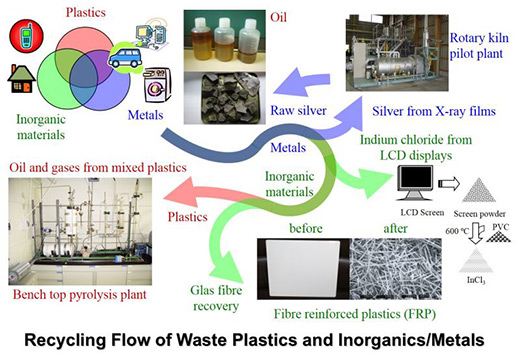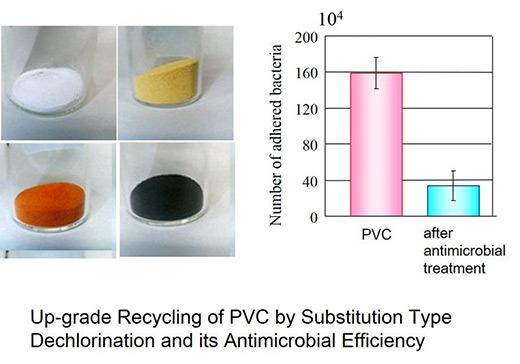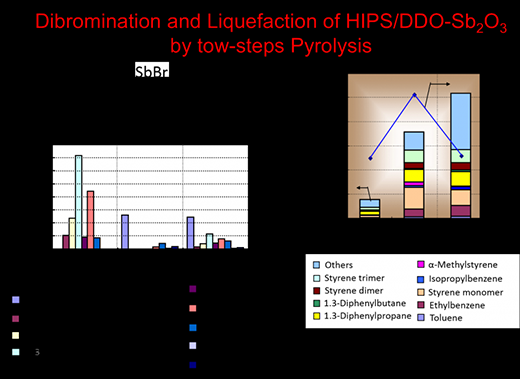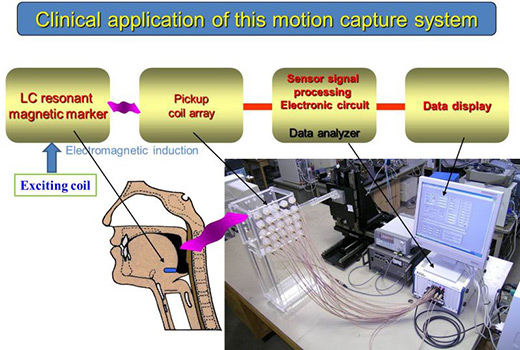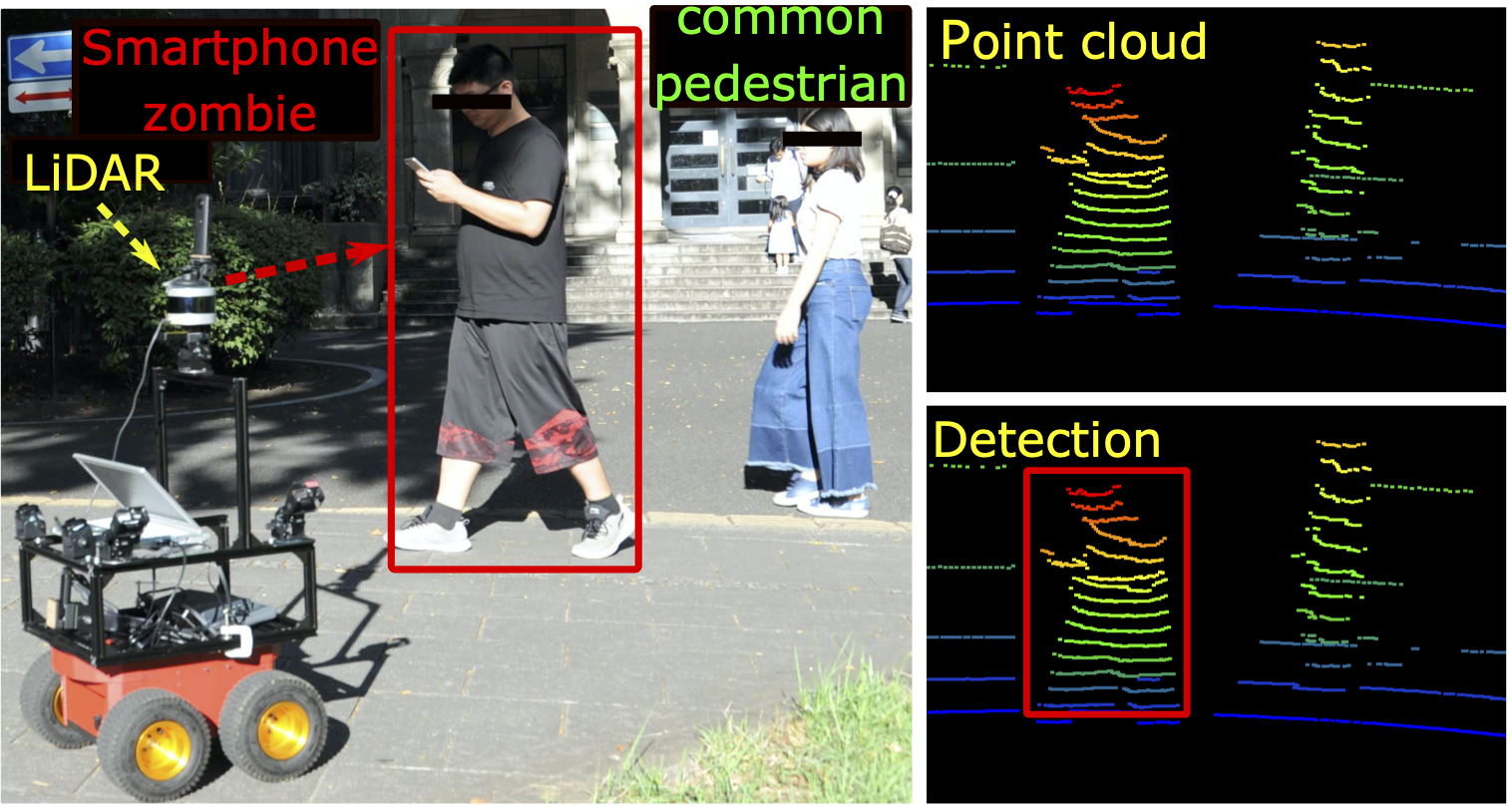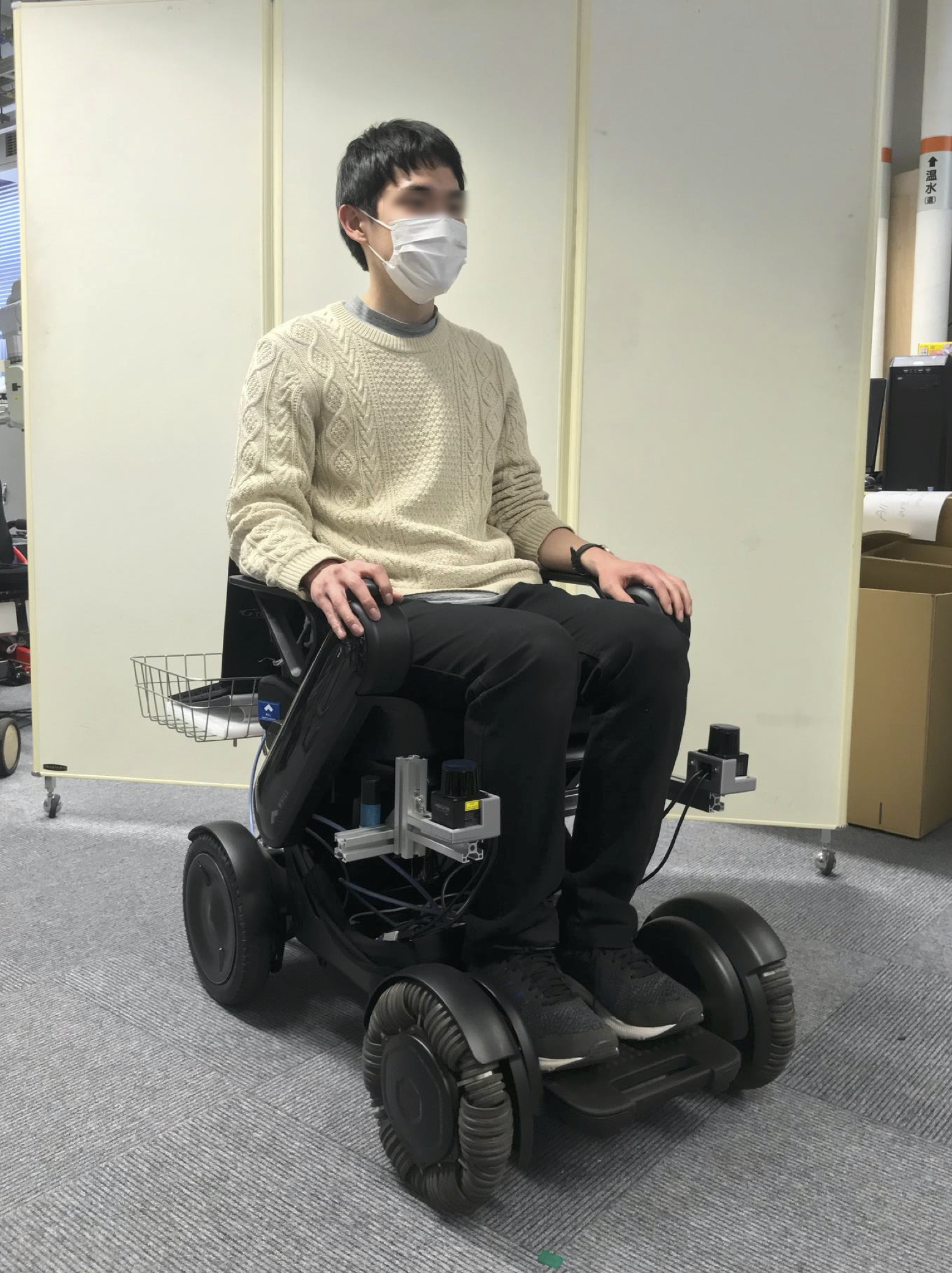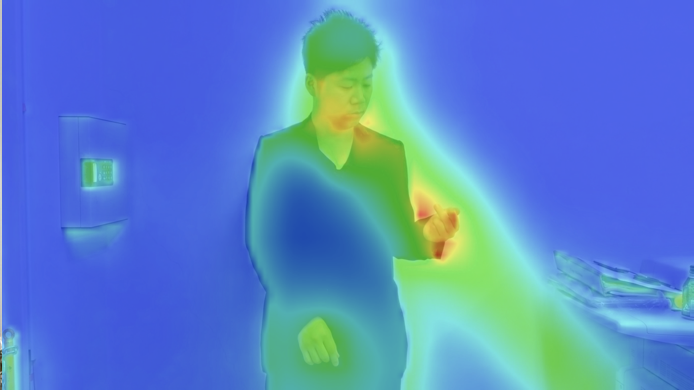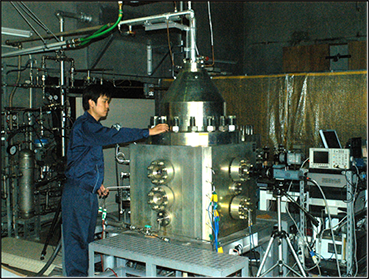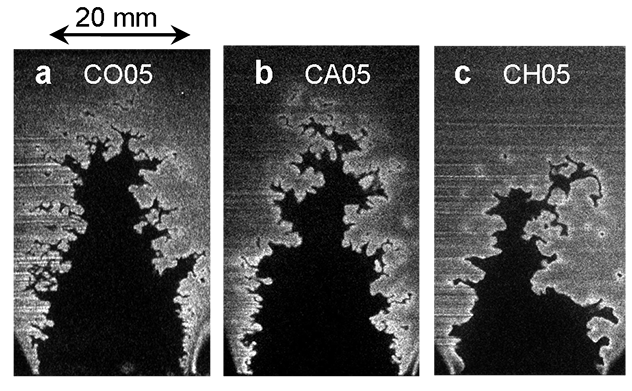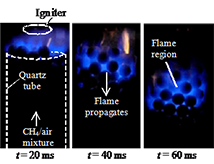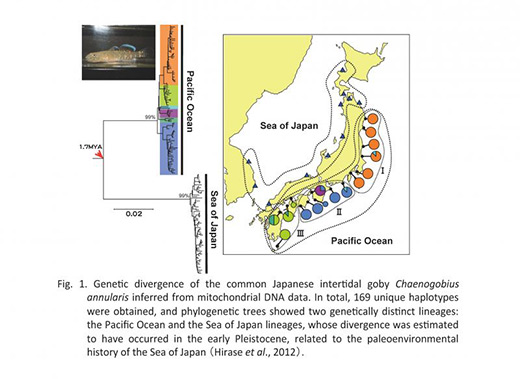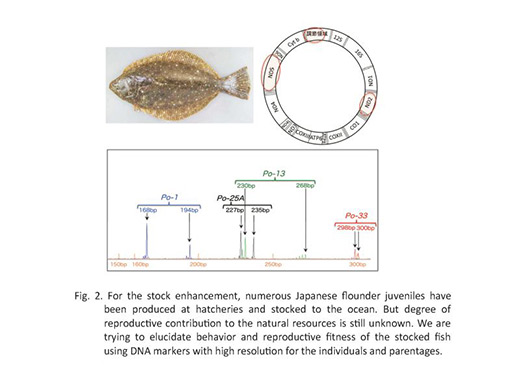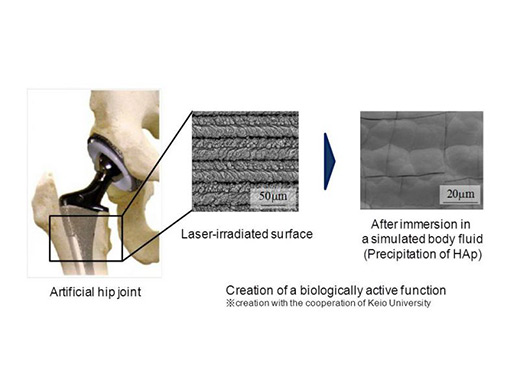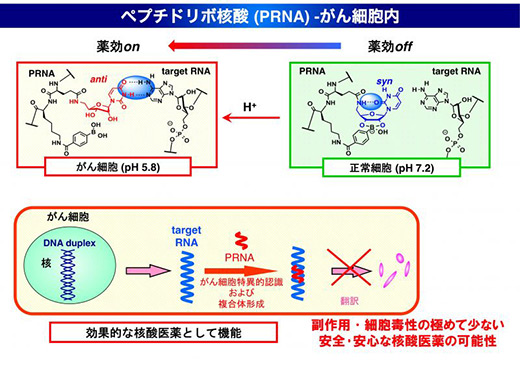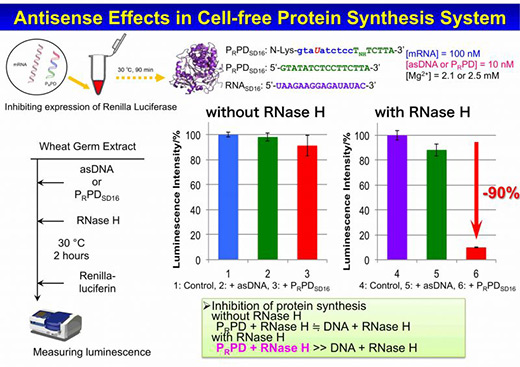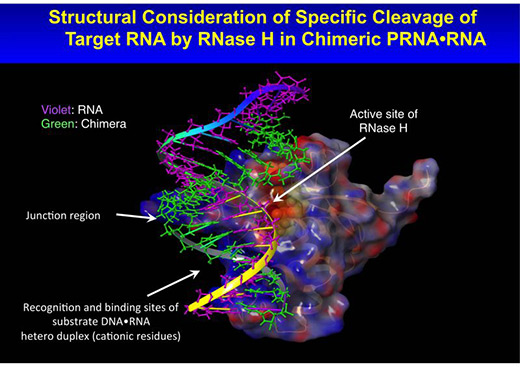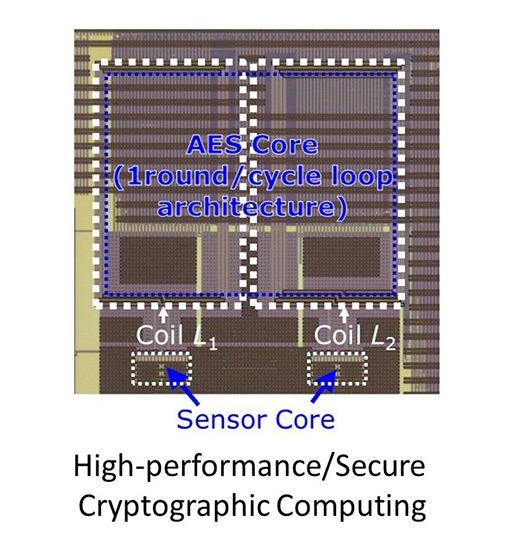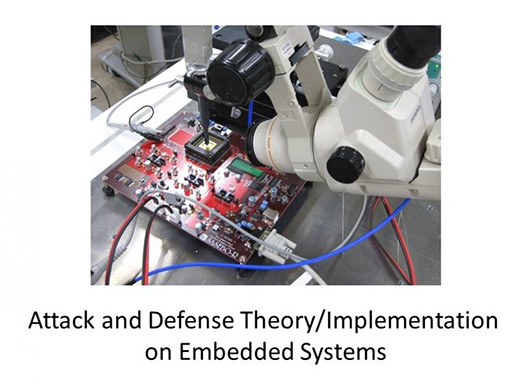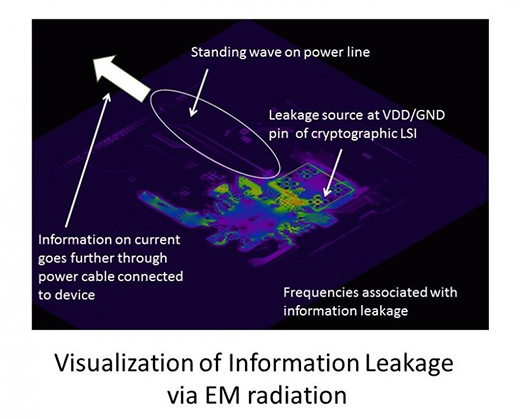- 特徴・独自性
-
- Assist in designing communities to be carbon neutral by 2050. Provide an internationally compatible regional energy supply and demand database under development to support current analysis and rational scenario design for the future. Support the design of regional energy systems based on up-to-date analysis of the renewable energy potential of each region, including hydrogen energy and LCA assessments, to meet regional and industry needs, and provide methods for performance analysis and value assessment.
- 実用化イメージ
-
Those in charge of the implementation plan for a decarbonized society and the carbon neutral plan, which is an extension of the basic environmental plan, at local governments.
Business leaders who provide new energy services, including new local power companies.
Researchers
Graduate School of Engineering
Toshihiko Nakata
|
- 特徴・独自性
-
- Surface modification method to improve fatigue strength has been developed using cavitation impacts, which are normally causes severe damage in hydraulic machineries. The method was called "cavitation peening". In order to make clear the mechanism, a load controlled plate bending fatigue test machine was developed. It was proved by using the test machine that the threshold level of stress intensity factor was improved about 1.9 times by cavitation peening. The mitigation of hydrogen embrittlement by cavitation peening was also improved.
- 実用化イメージ
-
The cavitation peening can apply to component of automobile and forging die. We hope to conduct collaborative research with a willing company for a practical application of this technology in industry.
Researchers
Graduate School of Engineering
Hitoshi Soyama
|
- 特徴・独自性
-
- We have developed a system named PF-NOTE that the system uses video cameras, clickers and a computer to bookmark an audience's clicker feedback into simultaneously recorded video. We are also doing research for creating effective education or learning programs by using the developed system. The system has been mainly used for reflective learning, and we have found that this system is effective in various situations for both teacher and learners, such as practice teaching for early career teachers, developing presentation skills, and developing discussion skills.
- 実用化イメージ
-
We offer PF-NOTE system(s) and education/learning program(s) to companies that are of particular interest with respect to communication skills training, passing skills to the younger generation of employees, observation skill training and job interview training.
Researchers
Graduate School of Education
Taira Nakajima
|
- 特徴・独自性
-
- We developed both pH and Cl- imaging plates, which can visualize the pH and Cl- concentration on metal surfaces in acidic environments. The pH range is from 3.0 to 0.5, and Cl- concentration up to 4 M can be measured. Fluorescent dyes are successively used for pH and Cl- imaging in the field of biology, but their sensitivity tends to be insufficient in acidic and/or highly concentrated chloride solutions. A glass plate with a sol-gel sensing layer, which contains a pH indicator or a Cl- sensitive florescent dye was fabricated and validated using the solutions with various pH values and Cl- concentrations. Changes in the pH and Cl- distribution on stainless surface in an acidic environment were measured quantitatively.
- 実用化イメージ
-
The newly developed imaging plates can be used to investigate the mechanism of various chemical reactions, such as corrosion, which occurs in an acidic environment. Micro-flow imaging using our sensing technique will be a promising approach to understand the catalytic chemistry of metal surfaces.
強調
Researchers
Graduate School of Engineering
Izumi Muto
|
- 特徴・独自性
-
- The Yoshioka Laboratory works on the recycling of various polymers by thermal and wet processes. Plastics such as poly(ethylene terephthalate) (PET), polyvinyl chloride (PVC), and high impact polystyrene (HIPS) cause serious problems during their recycling for the recycling process and the environment. However, these materials can also be seen as a resource for new materials. The decarboxylation of PET results in high yields of benzene that can be used as a chemical feedstock. Another important feature is the dehalogenation of flame retarded plastics and PVC. Dechlorinated plastic waste can be an important source for hydrocarbons, which can be used as fuels and chemical feedstock. The chemical modification of PVC offers the possibility of new materials with new properties. Modified PVC can be used as antibacterial material or as a material with ion exchange properties. The removal of brominated flame retardants from HIPS leads to higher recovery rates of styrene during thermal processing. When a wet process is used, the resulting flame retardant free HIPS can be reused.
- 実用化イメージ
-
We are eager to help companies to overcome their problems during recycling and recovery, and provide solutions for the treatment of waste materials.
Researchers
Graduate School of Environmental Studies
Toshiaki Yoshioka
|
- 特徴・独自性
-
- We have developed a wireless motion capture system for living body that could non-invasively measure various biological movements without any contact. By utilizing the LC resonant magnetic marker due to the latest magnetic engineering technology, we have achieved a magnetic wireless system which could be used even in a shielded space such as oral cavity by applying a magnetic field from outside the body. By using the infrared reflective markers of small and light, we have also succeeded in developing an optical system capable of synchronous real-time measurement at up to 50 locations at 250 hertz.
- 実用化イメージ
-
This new system can three dimensionally analyze various biological movements and can be applied to such diagnostic and medical equipment that requires a motion analysis non-invasively without any contact. It is possible to specialize this system to suit the required conditions, so I would like to joint research with companies and organizations that want to take advantage of this system.
Researchers
Graduate School of Dentistry
Hiroyasu Kanetaka
|
- 特徴・独自性
-
- A variety of new mobilities coexisting with humans, such as service robots, self-driving cars, and personal mobility, are expected to be deployed. In this laboratory, we are studying technologies for the safe and smooth coexistence of these various mobile vehicles with humans.
- In particular, we are approaching the problem from the aspect of predicting the movement of humans by considering their characteristics such as visual attention.
- 実用化イメージ
-
The targeted application is service robots, personal mobility, self-driving cars, and other mobile vehicles that will be expected to coexist with humans, as well as the design of transportation environments for these vehicles to safely coexist with humans.
Researchers
Graduate School of Engineering
Yusuke Tamura
|
- 概要
Colorful TiO2 Particle
https://www.t-technoarch.co.jp/data/anken_en/T19-849.pdf
- 従来技術との比較
Transition metal compounds are known to exhibit a wide variety of colors. Until now, it has been possible to color white titanium oxide by doping with transition metal ions, but it is difficult to avoid biotoxicity derived from transition metals.
- 特徴・独自性
-
- In the present invention, titanium oxide inorganic pigments that do not contain transition metals and have various colors such as white, yellow, red, gray, green, purple, black, and skin color have been realized.
- 実用化イメージ
-
New applications of titanium oxide pigments are expected in the cosmetics field, where biotoxicity is an issue.
Researchers
Institute of Multidisciplinary Research for Advanced Materials
Yin Shu
|
- 特徴・独自性
-
- Combustion is a complex phenomenon composed of multi-dimensional dynamics of temperature, concentration, velocity, and chemical reactions. Advanced combustion technologies are essential for solving the environmental and energy issues. Our laboratory has a high-pressure combustion test facility which is a unique experimental facility in the world. Research projects have originality, especially in the field of high-pressure combustion and laser diagnostics, and focus on not only aerospace engineering and energy engineering including new fuel technology but also atomization technology and safety operations of chemical plants mostly operated at high pressure.
- 実用化イメージ
-
Potential collaborations are in the research fields of aerospace propulsions, automobile engines, power generations and chemical plants, in terms of development of gas turbine combustors for various fuels, generation and control of fuel atomizers, laser diagnostics of combustion and safety design of chemical reactors.
Researchers
Institute of Fluid Science
Hideaki Kobayashi
|
- 特徴・独自性
-
- Maintaining genetic diversity within a species is a major issue to conserve biodiversity and sustainable use. To monitor genetic diversity in natural and captive populations using adequate genetic markers is the most important step. We have focused aquatic organisms and studied the genetic diversity using an array of DNA analyses. Our research interest includes 1) genetic structure and phylogeography of natural populations in marine and freshwater organisms and 2) genetic management of commercially important species to contribute the stock enhancement programs.
- 実用化イメージ
-
Our skill can be applied to environmental assessment and fish resource management. We are collaborating with national institutes and giving advice to private environmental assessment companies.
Researchers
Graduate School of Agricultural Science
Minoru Ikeda
|
- 特徴・独自性
-
- Treatment with hot-compressed or subcritical water is an attractive process for converting food waste into valuable materials. Water is an environmentally acceptable solvent and is cost effective; thus, hot-compressed water has recently received attention as a medium for resource recovery from waste. We chose fish gelatin as a model of marine food waste (especially fish skin fraction), and we determined the optimum conditions for the degradation of fish gelatin with hot-compressed water between 160 and 240 °C at 2 MPa. These conditions were optimized in terms of maximizing the concentrations of specific degradation products, such as peptides, and ACE inhibitory.
- 実用化イメージ
-
The disposal of fish waste has become a serious problem in marine food industries because approximately half of the fish mass, including the skin, bones, entrails, and some meat. The feasibility of converting organic waste by hot-compressed water (subcritical water treatment) into useful resources has been demonstrated together with Industry.
Researchers
Graduate School of Agricultural Science
Tomoyuki Fujii
|
- 特徴・独自性
-
- Using laser fabrication, we are developing techniques to enhance material surface properties and functionality. For example, to create a functional interface, we aim to clarify, by way of simulation and experimentation, the phenomenon that occurs when the surface of a material is irradiated using a laser beam.
- We expect that the results of our research will be widely applicable, including biomedical devices.
- ■ Creation of biocompatible surfaces
- Materials used for artificial organs, vessels, and other bio-implants require excellent tissue and cell biocompatibility. Therefore, we are exploring the creation of biocompatible surfaces using a new laser irradiation process in this study.
- We have succeeded in imparting a biologically active function to titanium-based materials by applying the laser irradiation technique. When such a material that has a biologically active function is inserted in a living body, hydroxyapatite (the principal constituent of bones and teeth) precipitates on the surface. Using the laser irradiation technique, we can manufacture bone-adherent implants, and we envisage their application to artificial joints or dental implants.
- This research aims to discover such breakthrough solutions for biomedical applications using the laser irradiation technique.
- 実用化イメージ
-
Researchers
Green Goals Initiative
Masayoshi Mizutani
|
- 特徴・独自性
-
- Focusing our reseach interest mostly on the recognition and complexation behavior control of bioplymrs, such as DNA/RNA, proteines and so on. Another topics are reaction control based on molecular recognition phenomena in both ground and electronically excited states, we are pursuing mechanistic and synthetic studies on asymmetric photochemistry with supramolecular biopolymers as chiral reaction fields.
- 実用化イメージ
-
Researchers
Institute of Multidisciplinary Research for Advanced Materials
Takehiko Wada
|
- 特徴・独自性
-
- Our study focuses on information security technologies for the next-generation ICT society fusing real-world and cyber-space computing. We are now conducting the research and development of ultra-high-speed, ultra-low power LSI computing to perform security functions such as encryption and secure computing, secure implementation technologies to protect systems from various physical attacks (attacks carried out by physical access to the system), and security optimization technologies tailored to the system usage environment and application area.
- 実用化イメージ
-
We can provide collaboration and information exchange services in the fields of information security. In particular, we have experiences of domestic/international collaborative researches on embedded security with some companies, universities, and governmental institutes.
Researchers
Research Institute of Electrical Communication
Naofumi Homma
|


 Medical
Medical
 Life Sciences
Life Sciences
 Information Communication
Information Communication
 Environment
Environment
 Nanotechnology / Materials
Nanotechnology / Materials
 Energy
Energy
 Manufacturing Technology
Manufacturing Technology
 Social Infrastructure
Social Infrastructure
 Frontier
Frontier
 Human and social sciences
Human and social sciences


